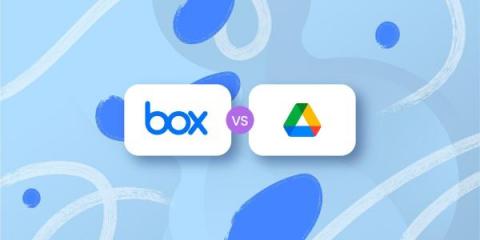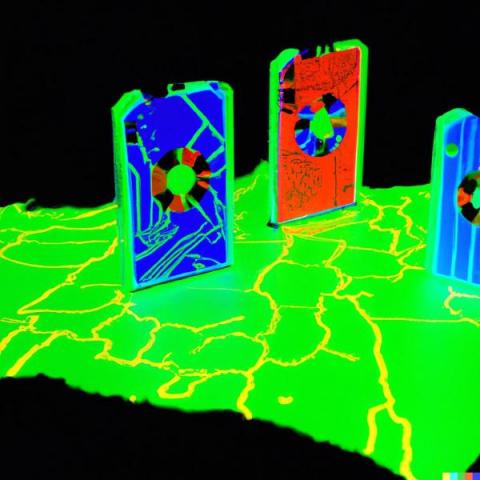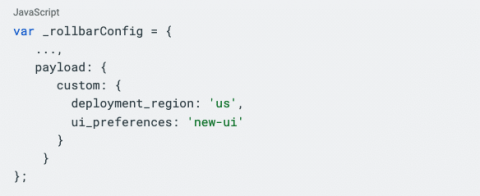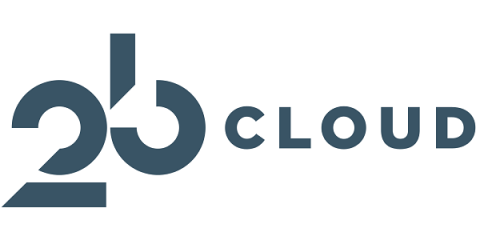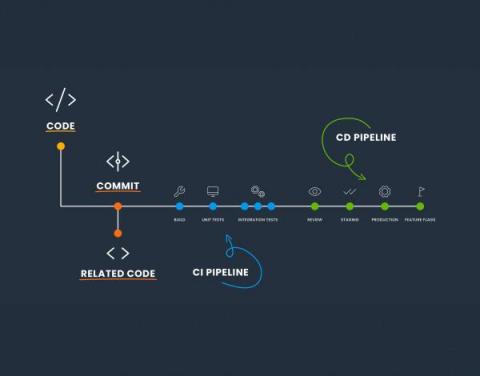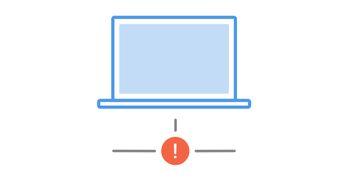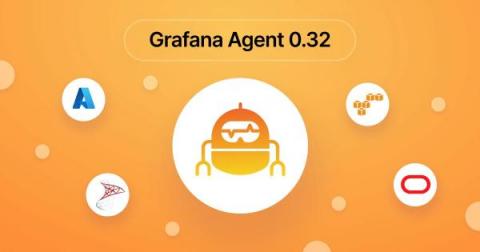How to Choose a Patch Management Solution
It’s pretty easy to hit that “remind me later” button when you don’t want to wait for installations, reboots, and possible errors if something goes wrong with the update. Snoozing that patch notification can quickly become a habit, and before you know it, a critical piece of software is weeks or months out of date. More people are learning that this isn’t a bit of harmless procrastination -- it’s actually a huge cybersecurity risk.




